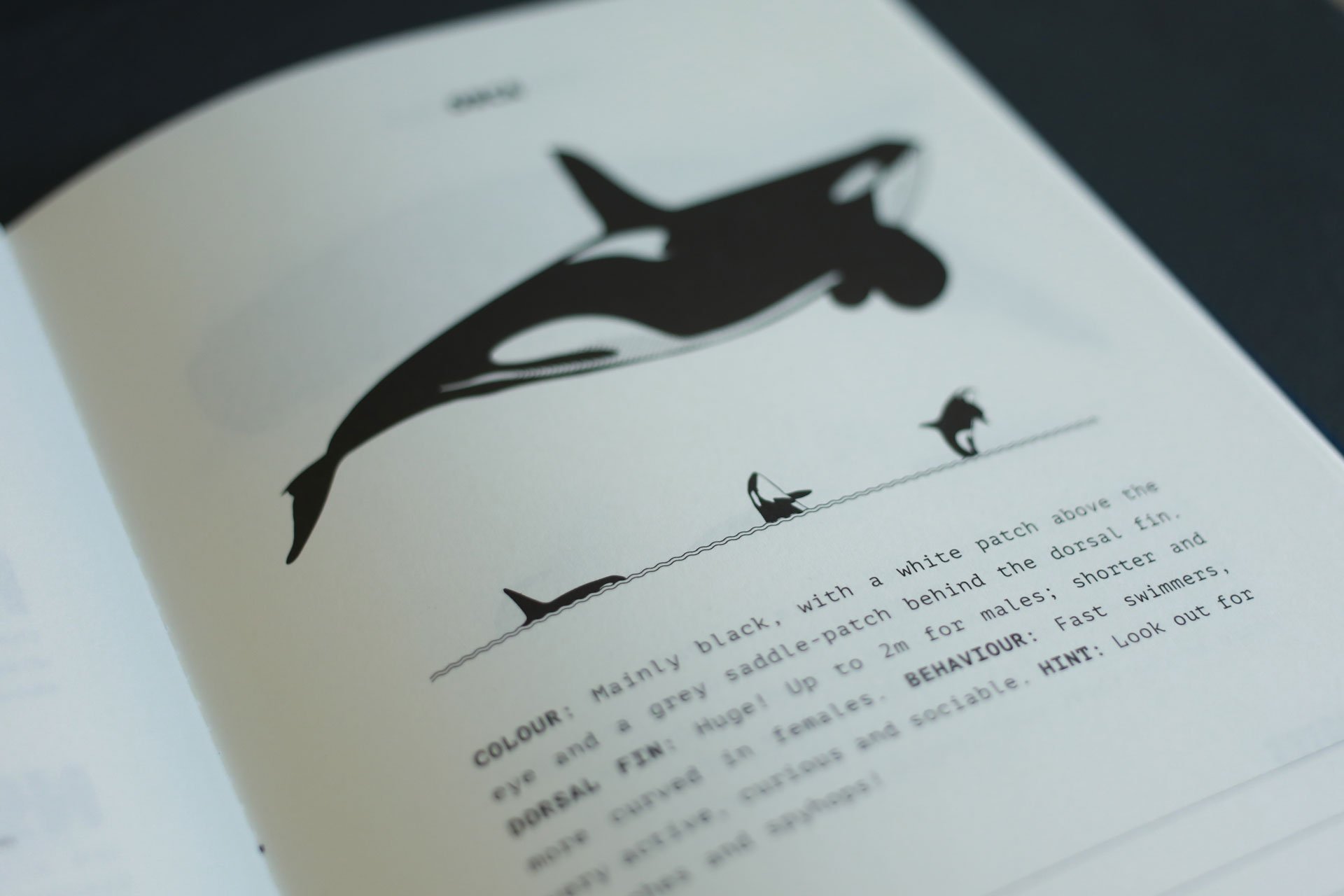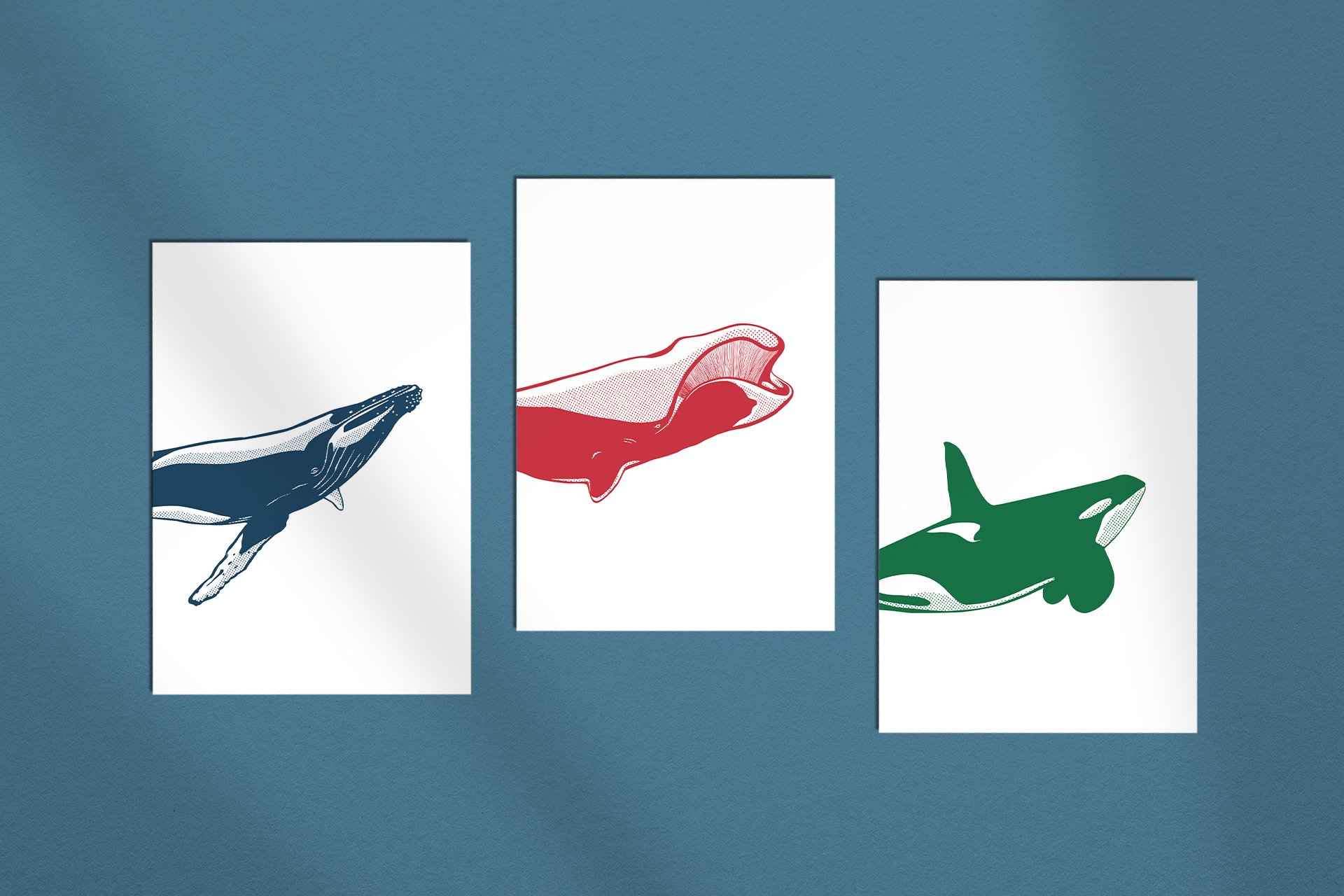ALASKA
In Alaska, you can encounter orcas, grey whales and humpback whales. Bute above all, Alaska is Bear Country!
Photo: Shutterstock
whales: Alaska
In Alaska, you can observe humpback whales, grey whales and orcas during summer. What's more, if you've ever seen photos of bears standing at the edge of a waterfall just waiting for migrating salmon to jump into their open mouths, this is where they are taken.
The most important area for whale watching in Alaska is the south-east around the world-famous Inside Passage with its countless inlets, glaciers, lakes and mountains. Most whale-watching tours also start from here.
Between May and September, humpback whales stay in the northern areas of the passage to feed. They usually stay in the same area for 15 weeks or longer, especially in Glacier Bay and Icy Strait.
Most tours are offered from Juneau and Gustavus, with tours also available from Ketchikan, Petersburg and Sitka further south. Whale sightings are usually guaranteed during this time; if no whales are sighted, a second trip is free of charge.
Orcas live on the coasts of Alaska all year round and can be seen regularly and reliably in the many inlets, especially in the summer months. Large numbers of grey whales also spend the summer feeding in the Gulf of Alaska and the adjacent Bering Sea.
Every summer, large numbers of humpback whales gather in the waters of Alaska to hunt together. Some groups even meet again every year – in exactly the same line-up. Photo: Oliver Dirr / Whaletrips
In September, they migrate back south to the Gulf of Mexico, where they mate and raise their young before migrating north again in March. This happens every year; the up to 15,000 kilometre long migration of the grey whales is one of the longest maritime migrations in the world.
Further west, towards Anchorage and Kodiak Island, whale watching is a little less important, there are significantly fewer operators and whale watching is usually offered together with other tours, e.g. bear watching. Around Kodiak Island, grey whales can be easily observed from land, and there is an annual whale festival here, just like on Vancouver Island.
In addition to classic whale-watching tours, whales can also be observed on the coasts of Alaska as part of multi-day trips and cruises, often in cooperation with local operators while the cruise ships are in harbour.
Photo: Shutterstock
TO DO: Alaska
Nowhere in the world are there so many bears, moose and eagles as in the endless national parks of Alaska. The Inside Passage with its hundreds of islands, inlets and glaciers is one of the most beautiful sea routes in the world.
Alaska is divided into five regions – Inside Passage, South Central, South West, Interior and Far North. The sea route off the coast with its hundreds of islands, inlets and mountains is one of the most beautiful coastal areas in the world. The centre of the Inside Passage is the area between Ketchikan in the south and Juneau and Gustavus in the north. This is also where Glacier Bay National Park is located, with its huge glaciers that are slowly creeping towards the sea. The Inside Passage can be easily explored by ferry or cruise ship.
South Central is home to Wrangell St. Elias National Park, the largest national park in the US (almost six times the size of Yellowstone!), and the Saint Elias Mountains are the highest coastal mountains in the world. The Kenai Fjords and Prince William Sound with its countless inlets, mountain ranges, lakes and glaciers are also world-famous. The entire region is comparatively well connected to the road network and whale watching is possible in many places along the coast.
“Alaska is Bear Country, home to around 100,000 brown and black bears – nowhere else in the world do you find more.”
The Southwest region is Bear Country – and is best reached by boat or air taxi, as there are no road connections. Instead, there are plenty of bears living here. If you've ever seen the pictures of brown bears standing at the edge of a waterfall, waiting for a migrating salmon to jump into their open mouths: They're taken at Brooks Falls in Katmai National Park. It is not uncommon to see 20 or 30 bears in one place.
The best time for bear watching at Brooks Falls is July and September; in August and June there are only a few salmon on the move, so the bears are not to be seen in large numbers along the river. Also interesting: Kodiak Island on the coast, home to the giant Kodiak Bears.
The Yukon River and the highest mountain in the US, Mount Denali (formerly: Mount McKinley) at 6,168 metres, are located in the Interior region. Denali National Park, with its huge mountain massifs and endless valleys and lakes, is one of the most beautiful parks in North America and home to large herds of caribou, wolves, moose and grizzlies.
It is also where the Stampede Trail is located with the famous Bus 142, in which the dropout Christopher McCandless died in 1992. The Yukon region is strongly influenced by the gold rush and you can still pan for gold here today – the most famous towns are Fairbanks (Alaska) and Dawson and Klondike (Canada).
The ideal companion for your next trip: Check out our NOTES in five great colours – with plenty of space for all notes, observations and memories. Order now!
Far North, the northernmost region of Alaska, lies largely above the Arctic Circle, which means that the sun does not set for several months in summer and is not visible at all in winter between November and February, giving you a very good chance of observing the wildly dancing northern lights. There is only one road up here, otherwise you'll mainly find solitude. And millions of caribou.
Alaska is Bear Country, with around 100,000 brown and black bears living here – there is no place with more. Overall, there are significantly more animals than people in Alaska and a huge variety of species: here you can observe moose, reindeer, wolves, coyotes, bison, mountain goats, beavers, otters, eagles, owls and much more, often on a simple road trip through the national parks.
Bears, elks and wolves are most likely to be seen at dawn and dusk, while the large herds of reindeer live mainly in the barren interior. Eagles can be seen everywhere, nowhere else are there as many bald eagles as here, in the Chilkat Bald Eagle Reserve you can even see thousands of them sitting in the trees during autumn.
If you venture a little further out into the Bering Sea, you can visit the largest colony of sea lions and fur seals in the world: Over a million animals live on the Pribilof Islands.
Even more Places
〰️
Even more Places 〰️
Whaletrips Shop
The ideal Companion for your whale trip
All the whale facts you need while on the road – with plenty of space for own thoughts and observations!
Whaletrips Shop
Our Whales as Cards and Stickers
Colourful, finely illustrated, ready to stick on: Our whales are now available as stickers and greeting cards!
Whaletrips Shop
Beautiful whale Notebooks
Whether for travelling or at home: our high-quality whale notebooks come in five beautiful colours!
Whaletrips Shop
Our favourite photos for your home
Brightens any wall: a selection of our favourite motifs is available as elegant fine art print for your home.








